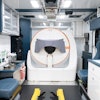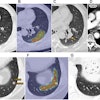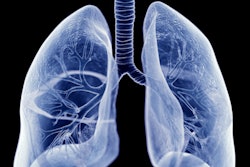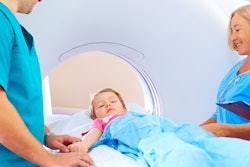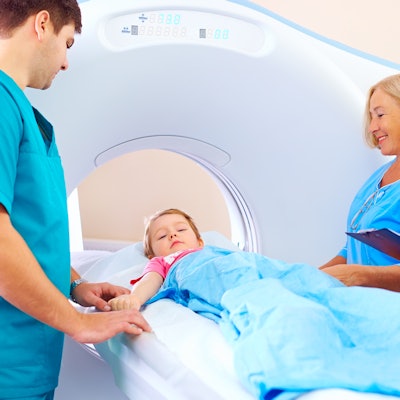
A simple "pop-up" clinical decision-support alert for children presenting in the emergency department (ED) with mild brain injury reduces unnecessary head CT scans, a study published June 23 in the Annals of Emergency Medicine has found.
The findings could translate to better pediatric care, wrote a team led by Andrew J. Knighton, PhD, of Intermountain Healthcare in Salt Lake City.
"Although CT scans in high-risk groups are a necessary diagnostic tool, CT scans in the low-risk groups yield little diagnostic benefit and expose children to unnecessary radiation," the group explained.
Head trauma is the main cause of pediatric emergency department visits, the team noted. Although only 1% of children who present with mild head trauma actually have "clinically important" traumatic brain injury, CT is widely used to rule it out, and some researchers have registered concern as to whether these exams are necessary in low-risk populations.
Intermountain had been using a decision-support tool to help ED clinicians determine whether a child presenting in the ED with mild head trauma could benefit from a CT exam. The tool consisted of an intranet-based lookup metric, a care pathway guidance, and a mobile flashcard application. It was cumbersome and required physicians to step out of their usual clinical workflow.
Knighton's group developed a more streamlined decision-support alert in the form of a pop-up notification that appeared on the workstation and included current risk stratification criteria and information about how to best classify a brain injury as clinically significant.
The study took data from 12,670 children with minor head trauma who were seen in the emergency room at 21 urban and rural hospitals between July 2018 and December 2020. The sites provided both pre-intervention and post-intervention information on guideline adherence and CT scan rate.
The investigators found that the alert improved guideline adherence for appropriate use of head CT in children presenting in the ED for head trauma ("adherence" meaning low-risk patients not undergoing head CT but medium- or high-risk patients having one); reduced the percentage of CT exams; and increased the percentage of scans that were positive for clinically important traumatic brain injury.
| Effect of clinical decision support on appropriate use of head CT in children presenting to the ED | ||
| Measure | Control period | Intervention period |
| Adherence to pediatric head CT guidelines | 94.8% | 99.4% |
| CT scans performed | 38.6% | 29.8% |
| CT scans positive for clinically significant traumatic brain injury | 9.2% | 15.4% |
Decision support works, and it doesn't have to be fancy, according to the authors.
"[Our] information-rich text alert … increased guideline adherence for CT scanning in children at low risk of clinically important traumatic brain injury presenting to general EDs in a situation where historical broad dissemination strategies alone were not sufficient to change behavior," they concluded.




